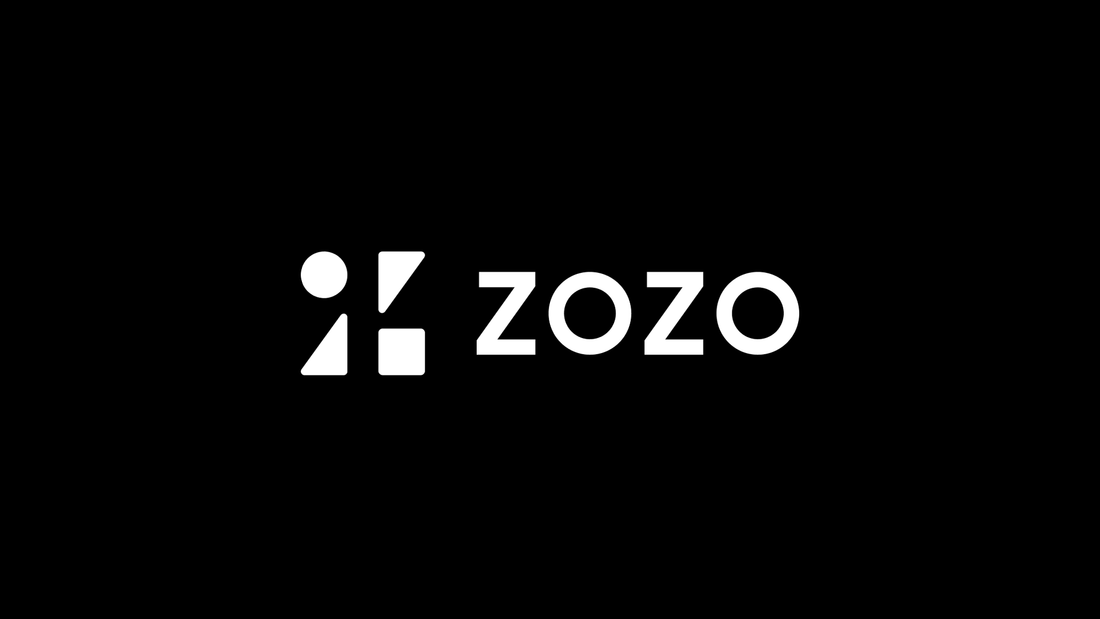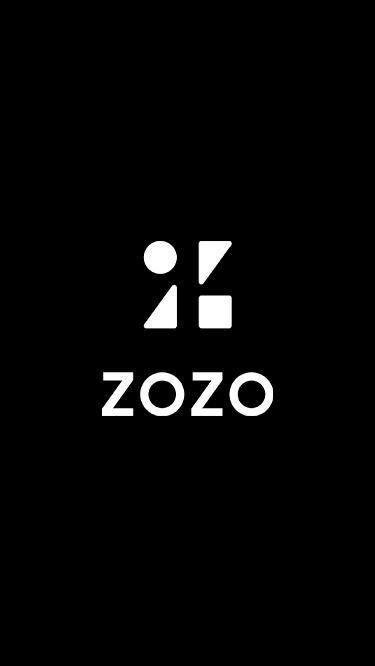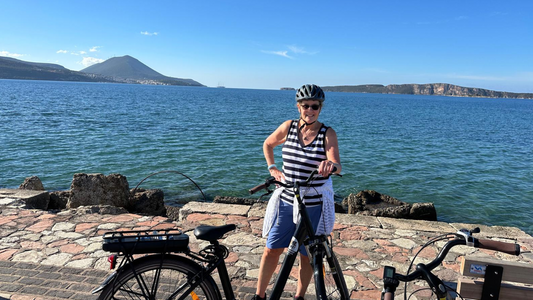

ZOZOFIT’s Technology Featured in Study of Scoliosis Screening Methodology
Late last year, ZOZOFIT’s technology was featured in the study A Novel Screening Method for Scoliosis Using a Bodysuit and 3-Dimensional Imaging which was published in Spine Journal’s September 15, 2023 edition. The Department of Next Generation Locomotive Imaging System was the endowed chair of the study, and it was supported by an unrestricted grant from ZOZO, Inc.
The study’s authors include: Ito, Yusuke MD(a); Doi, Toru MD, PhD(a,b); Ohtomo, Nozomu MD(a,b); Fujii, Yuki BS(c); Ono, Kengo BA(c); Kojima, Eri BA(c); Yamada, Takayasu BA(c); Tran, Huy Hoang PhD(d); Goffinet, Francois PhD(d); Endo, Yui PhD(e); Kato, So MD, PhD(a); Matsubayashi, Yoshitaka MD, PhD(a); Tanaka, Sakae MD, PhD(a); Oshima, Yasushi MD, PhD(a); Taniguchi, Yuki MD, PhD(a,f)
Author Information:
(a)Department of Orthopedic Surgery, The University of Tokyo Hospital, Tokyo, Japan
(b)Department of Next Generation Locomotive Imaging System, The University of Tokyo Hospital, Tokyo, Japan
(c)ZOZO, Inc., Chiba city, Chiba, Japan
(d)ZOZO New Zealand Limited, Auckland, New Zealand
(e)National Institute of Advanced Industrial Science and Technology, Koto-ku, Tokyo, Japan
(f)Surgical Center, The University of Tokyo Hospital, Tokyo, Japan
The study was approved by our Institutional Review Board [2020008NI-(2)].
The authors report no conflicts of interest.
Study Design:
A single-center prospective observational study.
Objective:
To clarify the usefulness of a novel scoliosis screening method using a 3-dimensional (3D) human fitting application and a specific bodysuit.
Summary of Background Data:
Several scoliosis screening methods, such as scoliometer and Moiré topography, are available for detecting scoliosis. In the present study, a novel screening method for scoliosis using a 3D human fitting application and a specific bodysuit was developed.
Patients and Methods:
Patients with scoliosis or suspected scoliosis, patients with non-scoliosis, and healthy volunteers were enrolled. They were divided into “non-scoliosis” and “scoliosis” groups. The scoliosis group was further subdivided into “mild,” “moderate,” and “severe-scoliosis” groups. Patients’ characteristics and Z values, which were calculated by a 3D virtual human body model created by a 3D human fitting application and a specific bodysuit to evaluate trunk asymmetry caused by scoliosis, were compared between the non-scoliosis and scoliosis groups or among the non, mild, moderate and severe-scoliosis groups. Finally, the optimal cutoff of the Z value was determined to detect moderate to severe scoliosis using receiver operating characteristic curve analysis.
Results:
A total of 101 patients were included. The non-scoliosis group consisted of 47 patients, and the scoliosis group included 54 patients, with 11, 31, and 12 patients in the mild, moderate, and severe-scoliosis groups, respectively. The scoliosis group showed a significantly higher Z value than the non-scoliosis group. The moderate or severe-scoliosis group had a significantly higher Z value than the non or mild-scoliosis group. The receiver operating characteristic curve analysis revealed that the optimal cutoff of the Z value was 19.9 mm (sensitivity, 95.3% and specificity, 58.6%).
Conclusion:
A novel scoliosis screening method consisting of a 3D human fitting application and a specific bodysuit may be useful for detecting moderate to severe scoliosis.
Address correspondence and reprint requests to Yuki Taniguchi, MD, PhD, Department of Orthopedic Surgery, University of Tokyo, 7-3-1 Hongo, Bunkyo-ku, Tokyo 113-8655, Japan; E-mail: taniguchi-tky@umin.ac.jp
Supplemental Digital Content is available for this article. Direct URL citations are provided in the HTML and PDF versions of this article on the journal's website, www.spinejournal.com.
Spine 48(18):p 1289-1294, September 15, 2023

![zf-w-[168px] zf-h-[40px]](http://zozofit.com/cdn/shop/t/15/assets/logo-desktop.png?v=117713855448369080381753069598)


